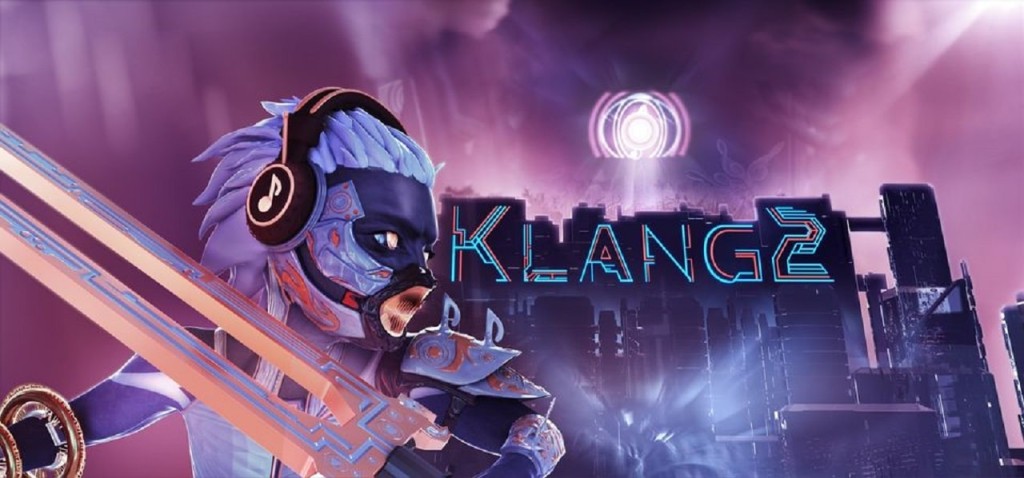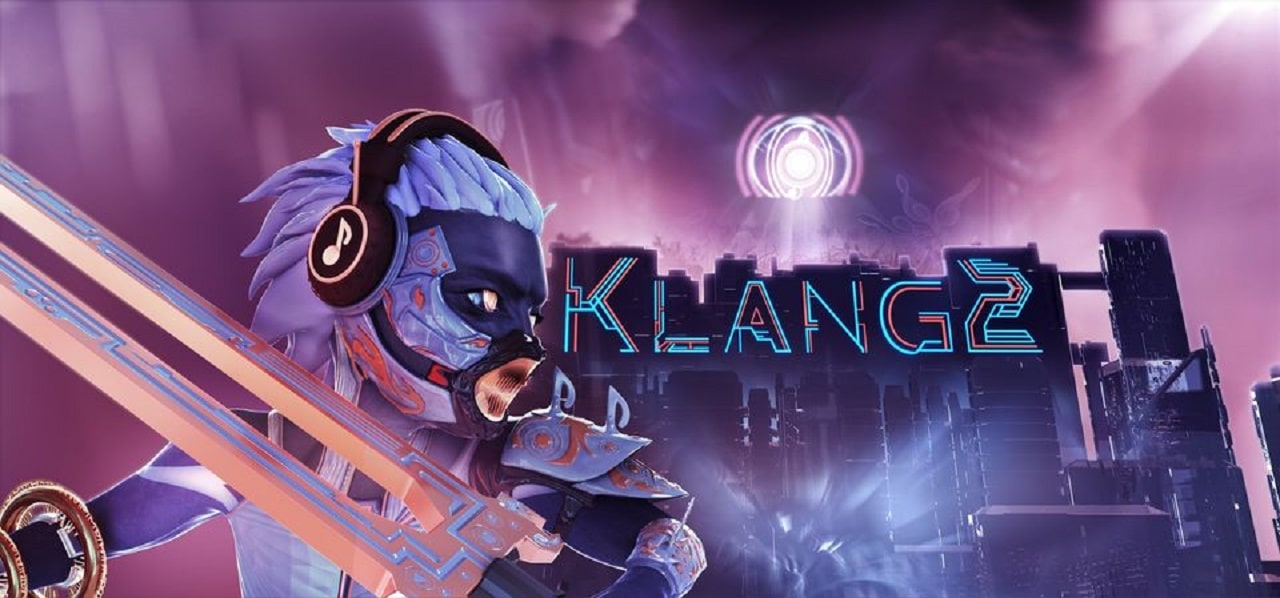Combat rhythm games are becoming quite common as of late, but I’m quite confident that there are few games that ask the player to perform at such an intense level as Klang 2. And that works so much into the game’s favor.
Klang 2 is a psychedelic rhythm-action game that only require 2 things to succeed – a sense of rhythm and hand-eye coordination. To its credit, the game doesn’t require perfection. In fact, getting above 80% on practically every stage is enough to advance the story. But the gap between well and 100% is so far off, they might as well be in different continents.

The console version that I’m reviewing right now feels fundamentally different from the mouse and keyboard controls I’ve played with the Steam demo. For starters, the left analog stick is used to aim. You don’t have to be that precise, just the general vicinity of the marker works well enough. Secondly, the square button is used for every other action, including movement. The reason why the controls feel so different is because moving around means your tracking must be completely on point in order to hit the mark, especially if Klang is falling downwards.
The kind of fight you’re going into is dependent entirely on the enemy. Each enemy has a signature pattern that it’s fond of repeating. Knowing that pattern could mean the difference between life or death. But regardless of the enemy, your move set will always be the same. Fire attacks require a press of the square button, lightning attacks require holding the square button, and dashes are used to dodge incoming attacks.
Like all rhythm based games, doing well is what keeps you in the game. Getting consistent perfect timings goes a long way in building up your combo meter. This is something that’s seen on Klang’s character. He enters the level glowing blue, but eventually turns bright red, signifying that’s he’s reached a state of near godhood. The player can build up to a 6x combo multiplier, meaning he can survive even the deadliest of attacks.
The orange bar underneath the combo bar represents Klang’s health. And depending on the enemy, he could die in a couple of hits if his combos aren’t stringing together. Klang also passively regens health bit by bit, so comebacks are still a possibility even at the point of near death. Though death doesn’t mean much as you try as many times as you want and the stages load up at an instant, even on the PS4.
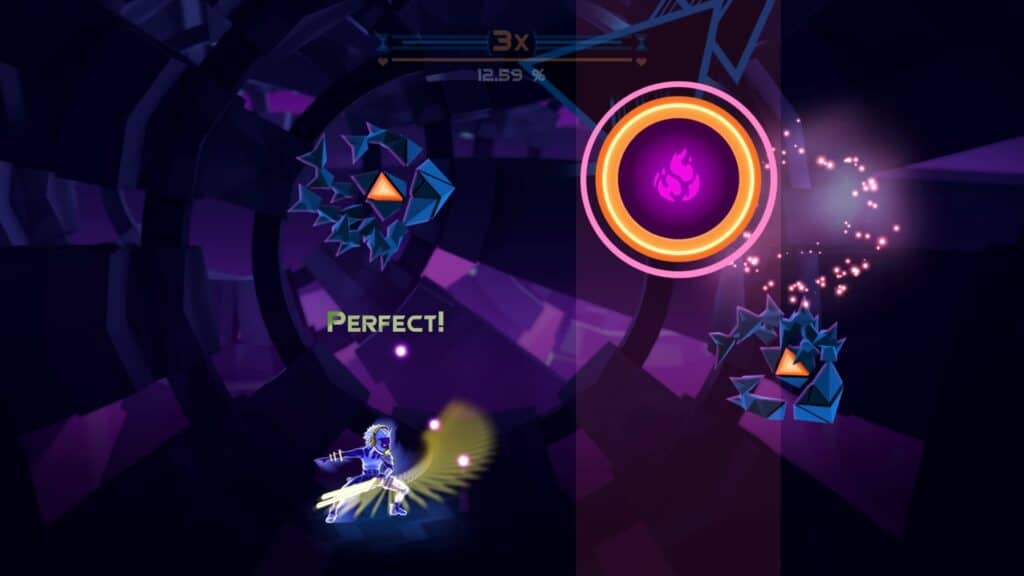
The graphics are simple yet effective. There aren’t much in the way of animations but between the dance floor like lighting and the tron-like get-ups, it certainly goes out of the way to make players feel like they’re in the club. That goes doubly for the stages, which could literally appear as projections during any event.
If you’re into Eletro-dance music, then you’re in for a treat. The game boasts around 30 or so tracks split between the boss battles and training missions. It is without a doubt EDM bliss for those who are into the genre of music. Sometimes, I wish I can just listen to the songs without having to focus on getting 95% to earn 4 tokens.
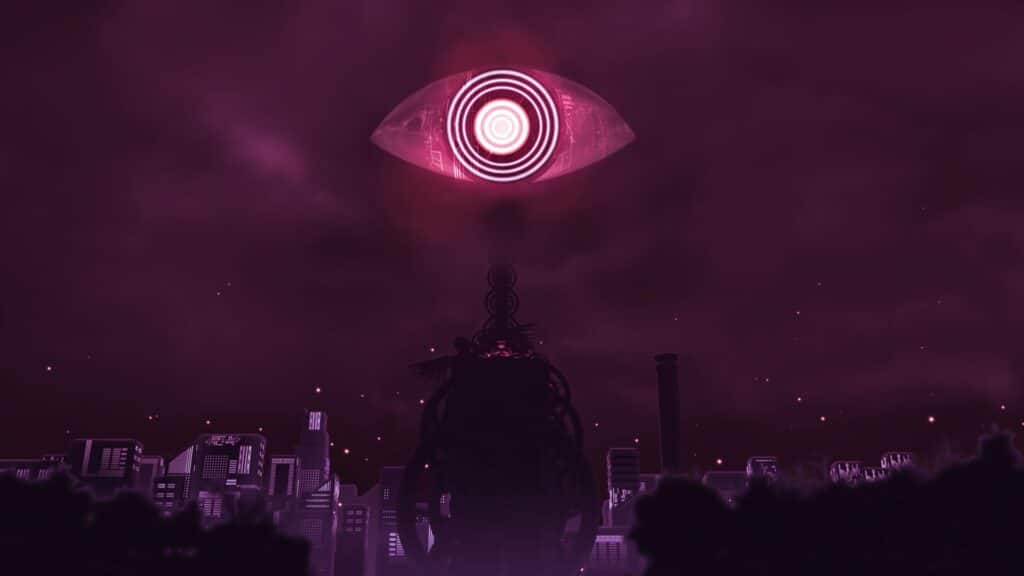
The story of the game is about Klang and A-Eye getting revenge on Sonus, the Soundlord. I haven’t played the first game but what I can tell Klang and A-Eye were once enemies until Sonus betrayed Klang. But it’s only because A-Eye was a Lovecraftian god-like creature who Sonus betrayed for his own gains after the Soundlord refused to pay his due. And somehow a curse and demon (Trickster) are involved too. And there is whole drama over tuneblades. Best to leave it there.
Throughout the course of Klang 2, Klang is haunted by ghosts who confuse him for the traitor Sonus. He must keep getting better in order to have a chance at settling the score with Sonus. The game does this by having the player earn tokens in training stages before unlocking a new sequence. At the start of the sequence, players have the option to talk to A-Eye. This is where the player gets the whole story of the game. Alternatively, the player can decide not to interact with the story and instead treat it as a pure rhythm game.

Klang 2 is an easy to pick up, yet difficult to master. I love the game for what it is, purely focusing on building towards perfection. But the game stumbles a lot by having the ending locked behind a pretty tough wall. We’re not talking about true endings, mind you. Just the ending of the game. Should the player get to the endgame before getting the 150 required tokens, they are sent back in time to keep trying again. This coupled with the sudden difficulty spikes, makes it hard to recommend to a wider audience. Take it for what you may, but I like the fact that the game requires players to earn their ending.
What sets the console different is what makes it harder to play. In the heat of battle, Klang can be jumping around in every which direction, requiring players to train the stick on the marker, while timing the button press at the same time. I’ll admit, I’ve lost more than a few rounds because the split second I was aiming left suddenly turns upper left instead. Practice makes better, but I still mess that up every now and then.
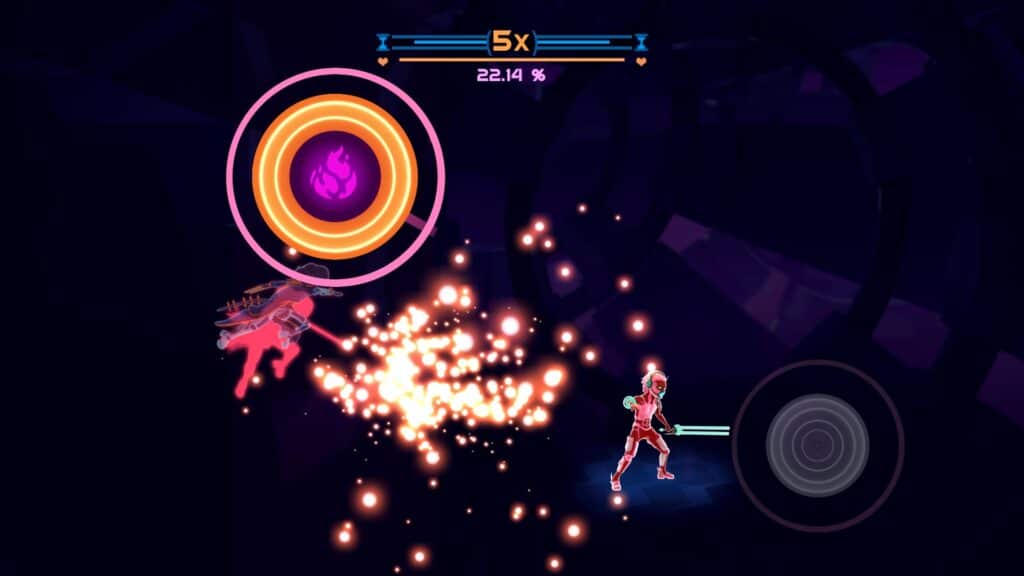
Klang 2 is simply hypnotic, to the point that with enough practice, even the most intimidating segments can be completed on pure instinct alone. The game is certainly not for the faint of heart though. In the blind pursuit of EDM bliss, players less invested in the game could easily be turned off by it’s high endgame requirements and multiple difficulty spikes. But should you decide to stick around, know that the experience is unlike any other rhythm game. Heck, it’s even worth casually picking up again from time to time. It is high replayable just for the songs alone.



